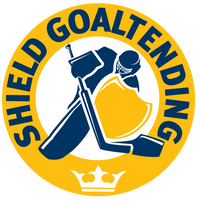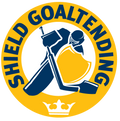Five Goalie Off-Ice Pillars
Mobility and Flexibility
Being a goaltender is a very unique and challenging position to play. Goaltenders need to have exceptional range of motion through mobility and flexibility to make all of the various saves. Hip, spine and shoulder mobility and flexibility are particularly important but are also common sites of injury for goaltenders. Being able to move efficiently will help goaltenders in tracking pucks, play in the butterfly or RVH position and of course stay injury free.
Speed and Agility
As a goaltender, speed and agility are important to excel. Goaltenders need to be on time to be set on the puck in any game situation, which requires explosive lateral and up/down movements. Speed and agility training will help goaltenders move and change direction quickly while using their strength, speed and stability while keeping technique as a priority.
Strength
Goaltenders need to have the ability to support a joint through a full range of motion (ROM) with resistance, which requires strength. Having strength allows goaltenders to be in control as well recover from various lateral movements. This will result in being more efficient inside the crease. Goaltenders have to have exceptional core and hip stability and strength to generate the power to change direction. All this will result in having the capability to react to unpredictable game situations.
Stamina
Goaltenders are on the ice for the entire game, so they require a lot of endurance from all energy systems. Along with long duration endurance, goaltenders are also like repeat sprinters who need to go at their maximum ability and then recover quickly to do it again. As a result, implementing various types of interval training with goaltenders allows them to be consistent throughout the game through any situation.
Injury Prevention
Reducing a goaltenders risk of injury should be a critical part of their daily routine. As a goaltender there is an increased risk of various injuries related to the position. Prioritizing injury prevention not only helps goalies achieve their goals faster, but it keeps them healthy and safe while doing so. Injuries occur when a goalie’s body does more than it is capable of doing. For instance, a restriction or forcing an extreme ROM can put the goalie at an increased risk of injury. In this program we will ensure goaltenders become stronger in various positions as well as learn how to warm-up, cool down and implement at-home exercises.

